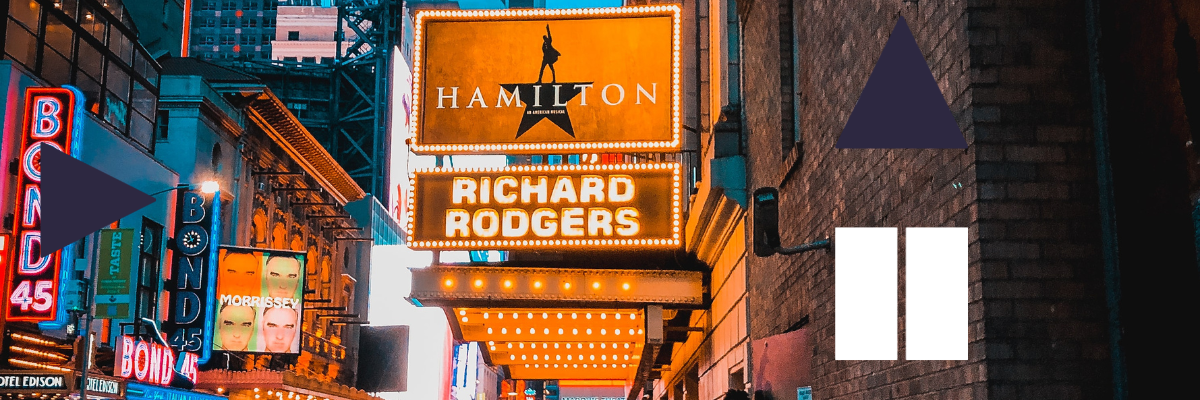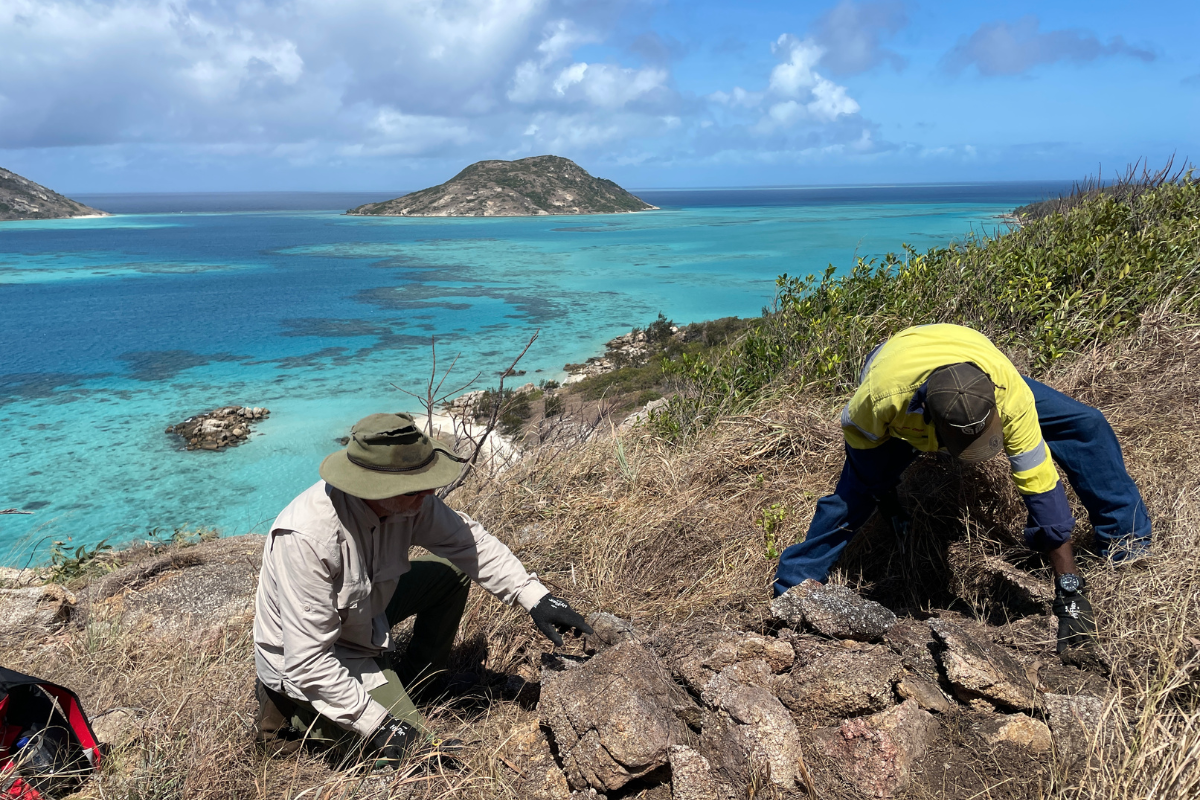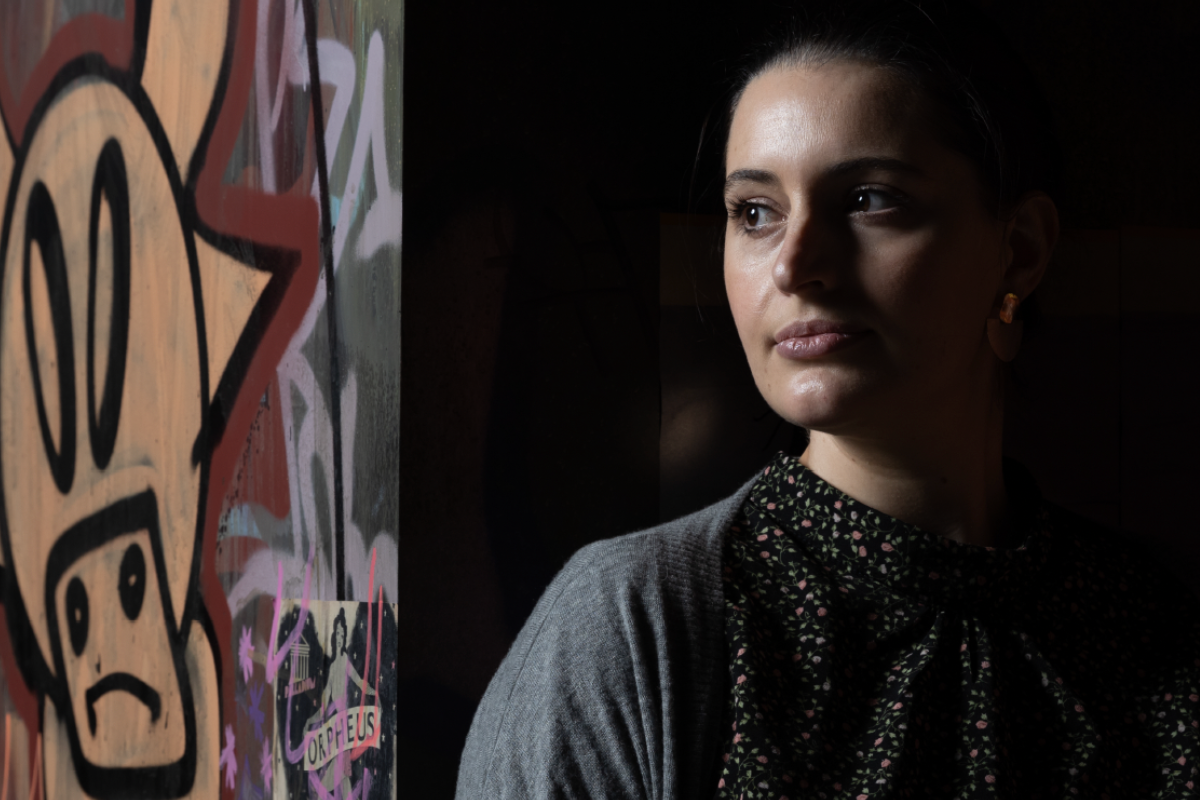
The broad appeal of Hamilton, Lin-Manuel Miranda’s mega-hit musical about one of the founders of the United States of America, may initially seem unlikely given its hip-hop soundtrack and rap lyrics. Hamilton premiered in 2015 off-Broadway in New York before transferring to Broadway, then touring the US and subsequently overseas including Sydney and Melbourne, with a Brisbane run from January already booking. The multi-award-winning production attempts to turn the musical form on its head, but this form itself is already far more disruptive than many might expect.
Miranda wrote the book, lyrics and the music, and starred in the original run. Hamilton always features a cast of African American and Latinx (formerly known as ‘Hispanic’) actors to play almost all roles. In so doing, it rethinks an all-white American history and foregrounds diverse acting communities, and by extension, larger social communities. In the 2019 production I saw in London, only the actor playing King George III was white, his large, slightly askew white wig emphasises his whiteness and both his foppishness and his disdain for the American rebels.
The musical spotlights Alexander Hamilton’s humble beginnings: he was born in the Caribbean, “a bastard, orphan, son of a whore and a / Scotsman” but rose to become the first Secretary of the Treasury in George Washington’s inaugural administration. The charismatic Hamilton is depicted as Latinx, much like Miranda’s family who are from Puerto Rico. The connection of Hamilton’s personal story and early American history to the contemporary experience of migration activates history for a broad audience who may never have seen themselves in the same picture as the country’s founders.
The play’s promotional material boasts that it is “the story of America then, as told by America now.” It is not surprising that Hamilton emerged from the later years of Barack Obama’s presidency: its association with the Obama administration contrasts with the New York cast’s widely publicised appeal following a 2016 performance to then Vice-President Mike Pence (who was in the audience), asking the Trump administration to govern for all Americans and not just MAGA Republicans.
Tickets for Hamilton were notoriously expensive in the earlier part of the lengthy run (many hundreds of dollars each, pushed by high demand), although they are significantly cheaper now. The edgy music could always be accessed via different media, its entertaining lyrics filled with references from Richard Wagner to numerous contemporary chart-topping musicians across multiple musical genres. Beyond just sharing the music on different platforms, Miranda democratised access to Hamilton by providing school students in and near New York City with subsidised tickets to ensure at least some form of equity. More recently, in 2020, Disney Plus released a filmed version of the Broadway play for subscribers which has shared it far more widely and economically.
The massive box-office success has meant that Hamilton has been widely discussed in academic research, its critiques as numerous as the rave reviews and advice on how to teach it in drama and history courses at schools and universities in the USA and Australia. Accounts include the liberties taken with the historical record and the inherent problem in the casting that fails to recognise “that the ancestors of these same actors were excluded from the freedoms for which the founders fought” (Monteiro 93).
Where does it fit in the context of musicals as a genre? In the 2020 book, This Song Is You: Musical Theatre and the Politics of Bursting into Song and Dance, Bradley Rogers discusses the complexity of the musical form. Interruptions occur on stage with characters ‘bursting into song’, for example, and are endemic to the genre’s staging of bodies that play with gender, race, and sexual preference. Musicals thus have the potential to offer “radical possibilities” when “spectacular bodies that stop the show […] also produce ruptures in the spectator’s sense of subjectivity” (Rogers 8-10). Hamilton is ‘through-sung’ (meaning almost all the words are sung rather than spoken), and even with its casting decisions Rogers determines that it misses opportunities for disruption: it “promulgates instead a conservative model of stable subjectivity. It reconfigures the possibilities of the bodies of its actors of color, but it actively precludes the kind of imaginative play made possible” (Rogers 198).
In other words, the absence of direct speech keeps the actors constrained as a single spectacle rather than as individuated and transgressive agents whose most powerful moments are expressed in song.
In noting several examples of musicals that don’t result in a conservative model of subjectivity, Rogers cites David Henry Hwang’s 2019 Soft Power, which emerged from a 2016 revival of Rogers and Hammerstein’s The King and I. Hwang’s narrative (supported by Jeanine Tesori’s music) shifts from Thailand to Shanghai; the American and Chinese couple at its centre attend a production of The King and I, a structural device that deliberately points to the tensions between the narrative then and now.. Soft Power refigures Rogers and Hammerstein’s musical against contemporary politics as it illustrates the racial and political fractures that arise from this revisiting. These fractures enable this musical to provoke contemporary questions about the staging of identity.
While it may fall short of some of the disruptive elements that define the musical form, Hamilton points to the attraction of, as Aaron Burr (the third Vice-President of the US) catchily sings in one of the showstopper tunes, wanting to ‘be in the room where it happens,’ where he can contribute to making productive and generative decisions. It stages the hopes for cultivating diverse communities today against the idealist foundations of the nascent nation. Its music continues to entertain audiences around the world as it fosters a version of collective action that moves beyond just a veneration of American history to draw attention to who is actually in the room where it happens.
Bibliography
Lyra Monteiro, ‘Review Essay: Race-Conscious Casting and the Erasure of the Black Past in Lin-Manuel Miranda’s Hamilton,’ The Public Historian 38.1 (2016): 89–98. https://doi.org/10.1525/tph.2016.38.1.89
Bradley Rogers, The Song Is You: Musical Theatre and the Politics of Bursting into Song and Dance (Iowa City: University of Iowa Press, 2020).



